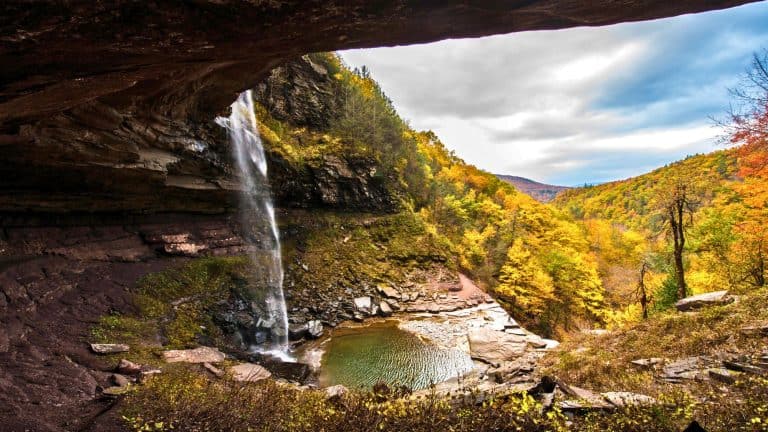Found By Accident contains affiliate links and is a member of the Amazon Services LLC Associates Program. If you make a purchase using one of the Amazon links (or other affiliate links), we may receive compensation at no extra cost to you. See our disclosure policy for more information.
17 Essential Tips For Visiting Easter Island For The First Time
Close your eyes and picture an island where ancient stone giants stand guard over sweeping emerald meadows, their silent, stoic expressions shrouded in mystery. Open your eyes, and step onto Rapa Nui (Easter Island). It’s a place where every breeze seems to whisper tales of voyaging Polynesians and their awe-inspiring legacy.
From the rhythmic crash of waves against volcanic cliffs to the unmistakable taste of fresh-caught fish grilled to perfection, this is a place that jars your senses awake. And history here isn’t confined to dusty textbooks; it’s etched into the very stones beneath your feet and baked into the traditions of its people.
But make no mistake, visiting Rapa Nui requires more than just tossing a few T-shirts into a suitcase and heading out. So let’s go through the essentials, from practical advice to cultural etiquette, ensuring you’re prepared to explore, understand, and connect.
And if you are catching us on MSN, drop in the comments your own expert tips to help others out.
Buy The National Park Pass Right Away
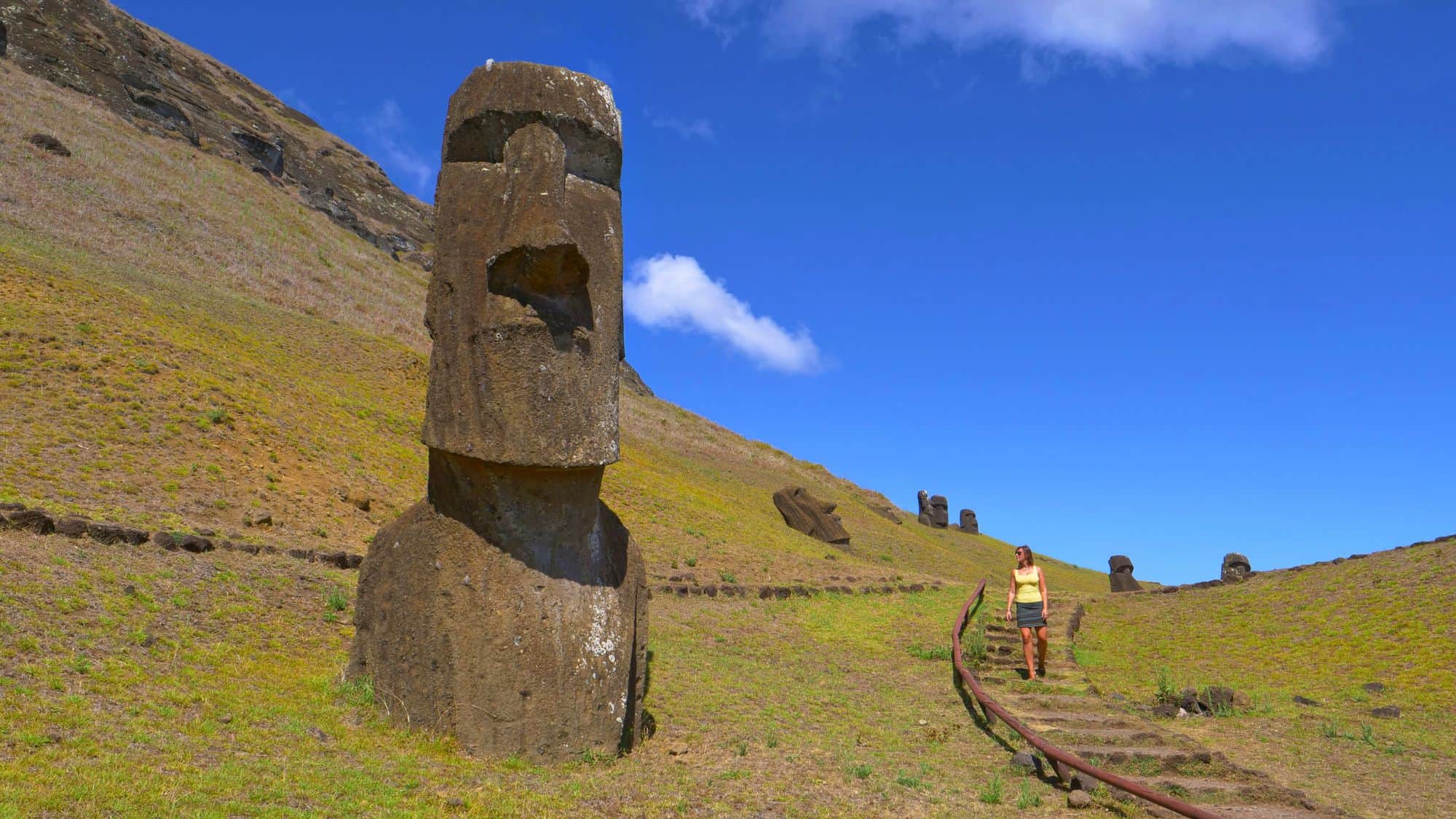
Consider the national park pass your golden ticket; without it, you’re not getting close to the island’s best treasures. And you’ll want this pass in hand before you even start dreaming of Moai selfies (not that you’re touching them, right?).
Most archaeological sites, including Orongo and Rano Raraku, require it for entry, and nobody enjoys scrambling at the last minute while others are already wandering sacred grounds. This is more than a permit; it’s your contribution to preserving Rapa Nui’s heritage.
Plus, it immediately levels up your credibility from “just visiting” to “enlightened explorer.”
Book Flights Early

Here’s the deal: there’s no hopping last-minute onto a packed flight to Rapa Nui unless you enjoy paying skyrocketing fares for middle seats. Easter Island is remote (think middle-of-the-Pacific remote) and flights in and out are limited.
Add in the growing number of savvy travelers with Moai statues on their must-see lists, and you’ve got a recipe for vanishing seats. Booking at least three months ahead not only saves you a small fortune but also ensures you get here before your wanderlust turns to wander-frustration.
Flying in, the view alone is worth the planning hassle. Doesn’t the effort sound better than sitting at home, reading about Moai heads online? Thought so.
Stay At Least Four Nights

Rushing through Rapa Nui would be like inhaling gourmet chocolate, utterly wasteful. The island deserves your time, and frankly, so do you. With its ancient stonework, windswept coastlines, and jaw-dropping sunsets, you’ll need at least four days to soak it all in.
Think of it as layering stories rather than ticking off a checklist. Spend your first day adjusting to the island’s rhythm, your second marveling at the Moai statues, and don’t forget a day for the beaches or scenic trails.
By the time you leave, you won’t just know Rapa Nui; you’ll feel its pulse. And no local likes the tourist who rushes off the plane, snaps a few photos, and misses the soul of the place.
Hire A Local Guide
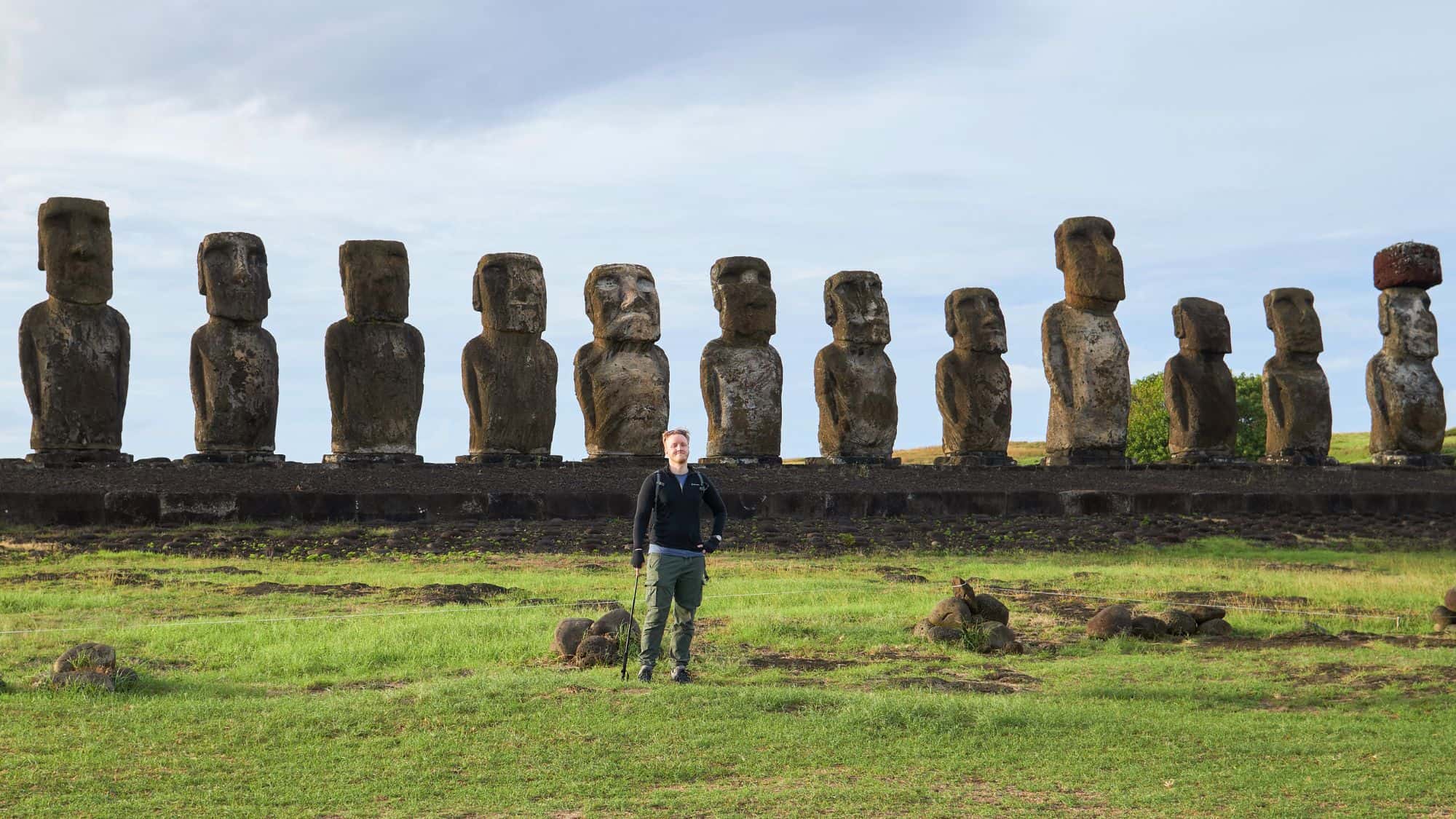
No offense to your guidebook, but it’s not going to regale you with tales of ancient chiefs or whisper legends about the Birdman cult while you stand amidst the ruins.
A local guide? They’ll do all that, plus answer your one weird question about how heavy those statues really are. Guides are your bridge to Rapa Nui’s deeper layers, weaving history with humor and insight (and telling you how close you can get to the statues).
The Moai are impressive, sure, but learning their story, like why they were built, toppled, and restored, will make your jaw drop faster than when you saw the flight prices to get here.
Visit Rano Raraku Quarry First
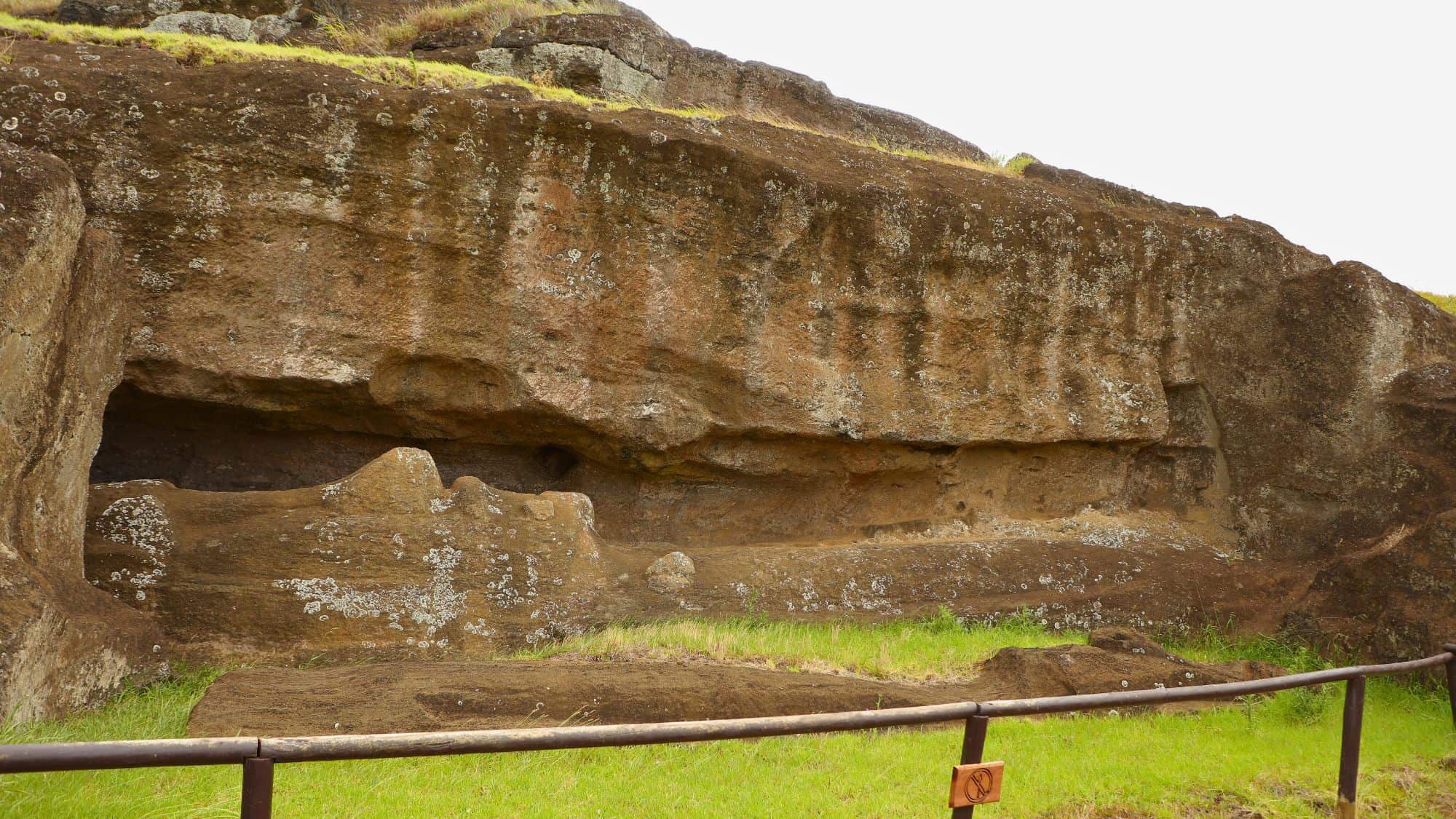
This is where the magic happened… or more appropriately, where the Moai happened. Rano Raraku Quarry is the cradle of the Moai statues, where they were carved straight from volcanic tuff before being transported across the island in feats of engineering still debated today.
Start here, and everything else starts to make sense. Walking among partially finished Moai is like stepping into an artist’s abandoned studio, with tools left behind and stories half-carved into stone.
If you want to grasp what drove Rapa Nui’s ancient civilization to create these behemoths, this is the place to be.
See Sunrise At Ahu Tongariki
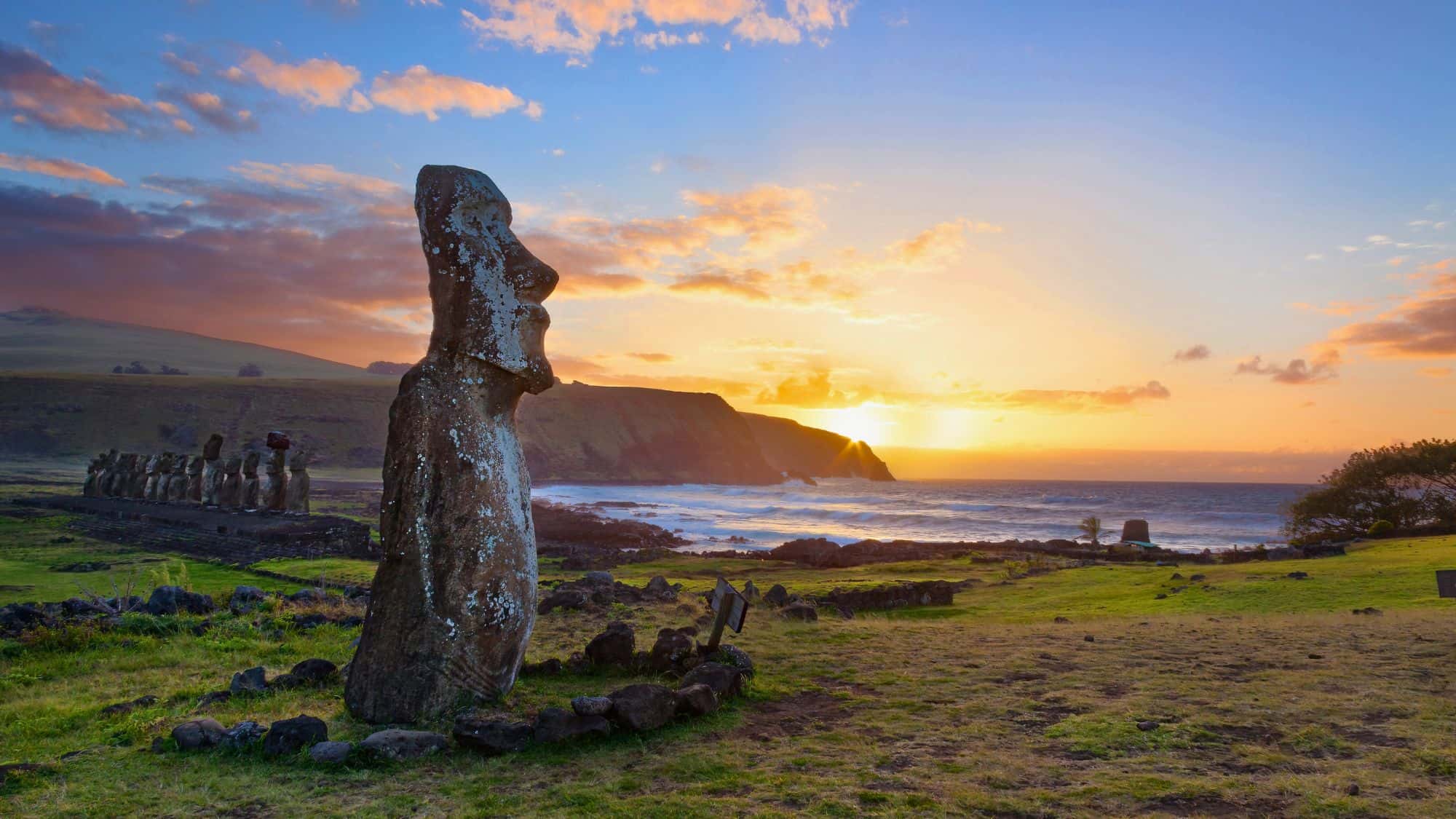
There’s something profoundly humbling about watching the first light of day stretch across the Pacific and illuminate the monolithic Moai at Ahu Tongariki. And this isn’t just any sunrise; it’s a daily performance of light and shadow, starring fifteen stone giants standing against a backdrop of fiery colors.
Feel the crisp morning air nip at your skin as the horizon begins its slow burn from purple to amber, reflecting off the statues’ weathered faces. These Moai, once toppled by a tsunami and restored with painstaking effort, now stand proudly as guardians of a moment you won’t forget.
Arrive early, stake your spot, and take it all in, because seeing the Sun and these enduring sentinels greet the day in tandem is a privilege, not just a plan.
Pack Cash In Chilean Pesos

Think the digital age has a grip on Rapa Nui? Think again. ATMs here are a funny breed; they’re fickle, scarce, and sometimes empty of whatever cash they’re supposed to dispense.
With credit cards not always welcomed at smaller shops or local vendors, you’ll need cold, hard pesos to keep things running smoothly. And bartering your way to a bottle of mineral water or a handcrafted souvenir is less appealing when your wallet is only stuffed with meaningless plastic.
Stock up before your flight. The peace of mind from having those reliable banknotes in hand is priceless (though don’t try paying priceless; Moai trinkets, no matter how charming, still have a going rate).
Rent A Car Or Bike
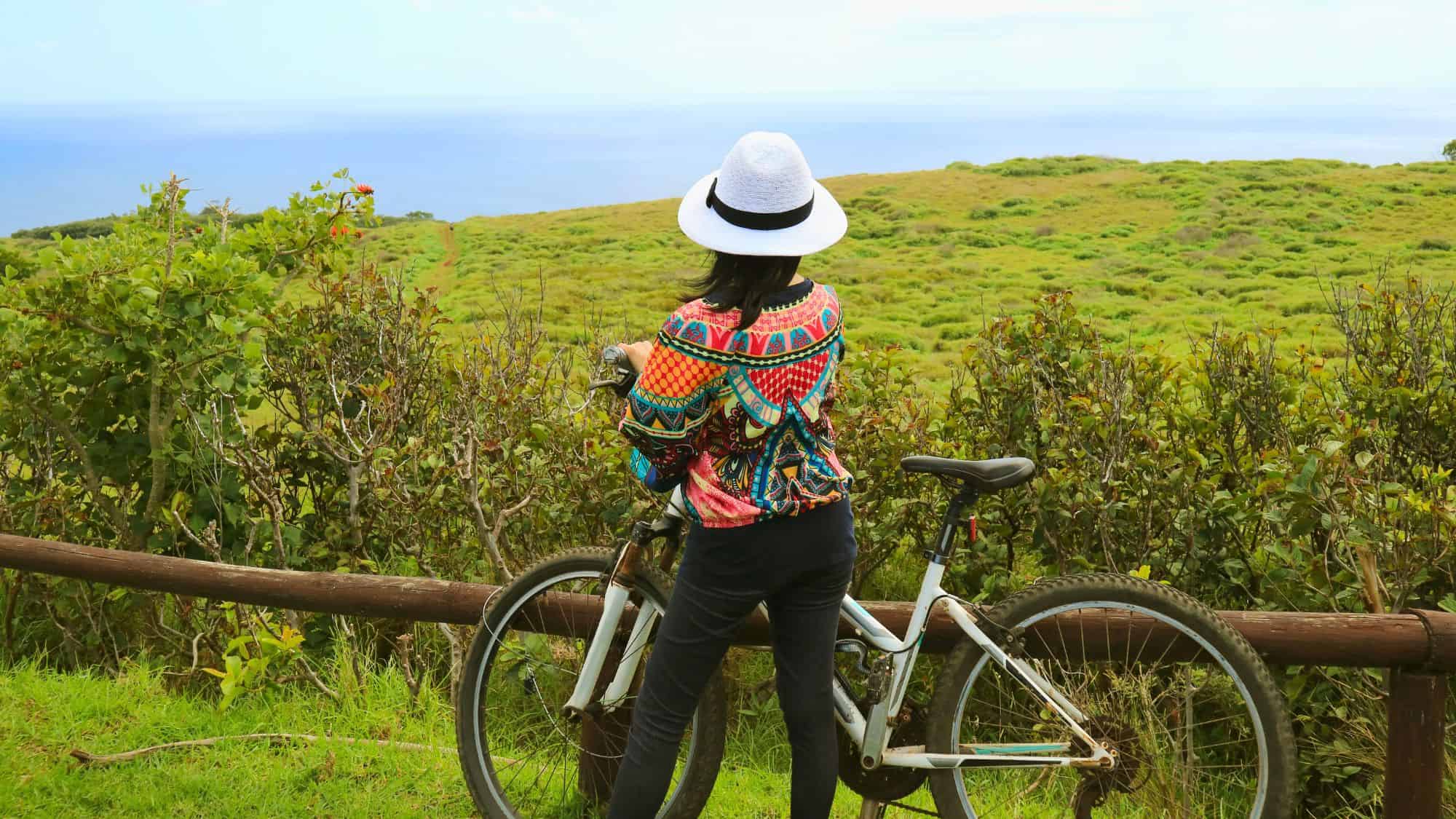
Here’s a fun twist: public transportation in Rapa Nui doesn’t exist. Shocking, right? If you thought you could hitch a ride on some tourist-friendly shuttle, reality suggests otherwise.
With sites like Orongo and Anakena Beach sprawled across the island, your ticket to freedom is with having a set of wheels. Think of it as your personal adventure, cruising past volcanic craters, windswept plains, and curious wild horses.
Renting a car gives you the option to bounce between landmarks with ease. Feeling bold? Opt for a bike and channel your inner explorer. It’s slower but much more immersive in all the ways that count (sweat, mostly).
Respect Sacred Sites
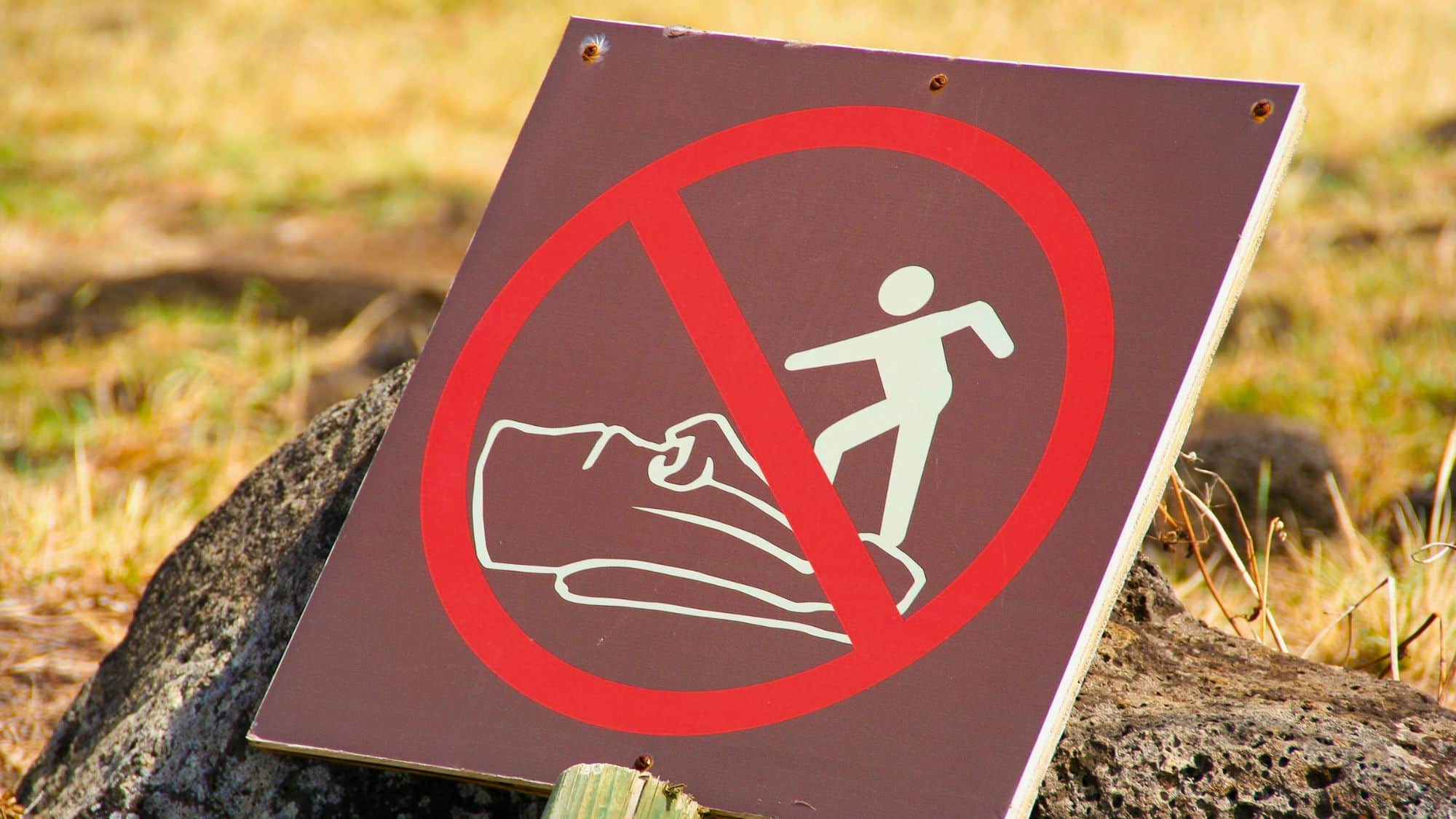
Touching a Moai is quite literally touching history, but not in a good way. Because these statues are more than massive hunks of volcanic rock; they’re sacred symbols of a civilization that poured its soul and ingenuity into their creation.
Climbing on platforms or treating sites like a jungle gym isn’t just disrespectful; it can lead to damage that erases history bit by irreplaceable bit. You wouldn’t graffiti on the Mona Lisa, right? Same rules apply here, only the stakes are far greater.
Approach the sites with reverence, stay behind designated barriers, and soak in the weight of their cultural importance. The stories behind the Moai are rich with meaning; do your part so future generations can stand where you stand, awed by their ancient silhouettes.
Bring Reef-Safe Sunscreen

The tropical sun doesn’t mess around, so slathering on sunscreen isn’t optional; it’s survival. But here’s the catch: standard sunscreens can harm the coral reefs that call the Pacific their home. Enter reef-safe sunscreen, the eco-warrior of skincare.
While you soak up the sunshine and admire the crystal-clear waters, know that your choice helps keep these underwater ecosystems thriving. Imagine the audacity of swimming in a pristine lagoon while your lotion wrecks the coral beneath you. Hard pass, right?
Instead, invest in a coral-friendly product that lets you bask guilt-free. The ocean works hard to stay stunning; the least you can do is meet it halfway. Your skin (and every sea creature you unknowingly befriended) will thank you later.
Try The Local Seafood
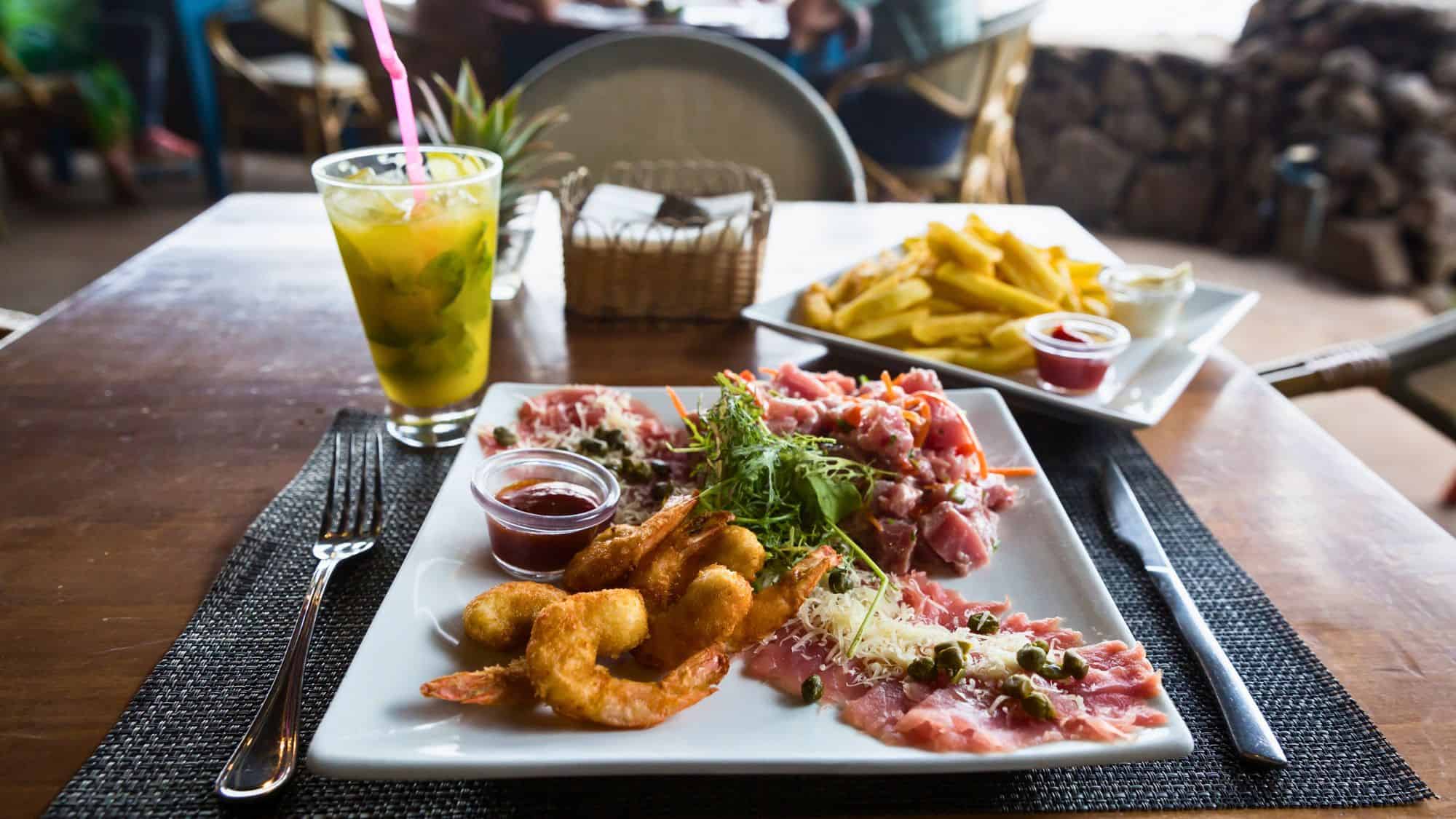
If the word “fresh” were a food group, Easter Island’s seafood would be at the top of the pyramid. Here, recipes are sourced from the sea mere hours before they hit your plate.
Think seared tuna so tender it practically melts, vibrant ceviche that dances on your tongue, and empanadas bursting with ocean riches like shrimp or eel. And dining here on the island feels less like a meal and more like a love letter to marine life.
You’ll taste the warm, salty breeze in every bite as fishermen haul in their daily catches just down the shore. And sure, you could stick to something safe, but why? When local flavor tastes this good, it’s a culinary adventure you really can’t afford to miss.
Explore The Beaches
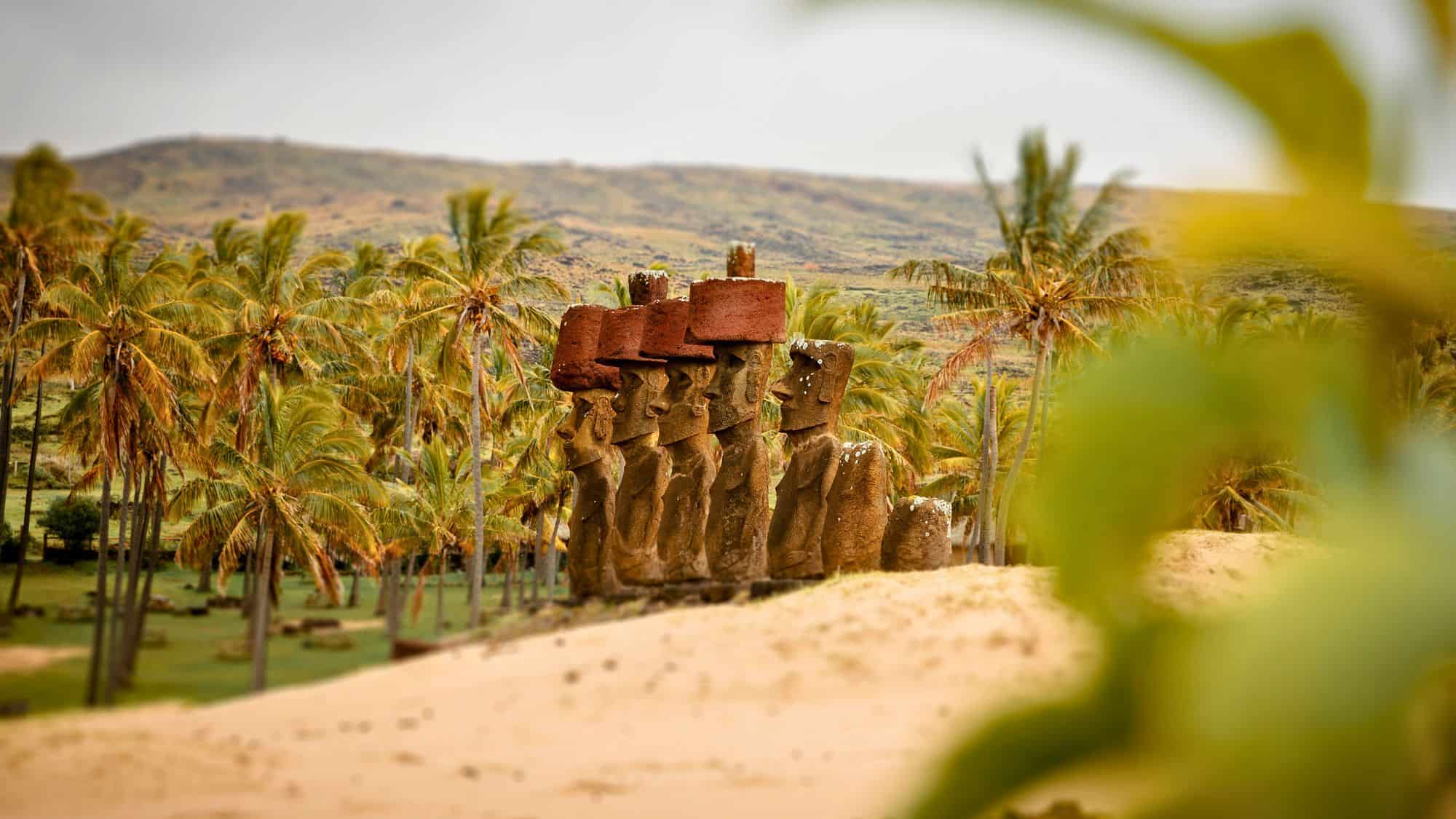
Anakena Beach is the kind of place postcards wish they could replicate. Silky white sand stretches out like an open invitation, framed by impossibly turquoise waters and stoic palm trees that nod lazily in the breeze.
Locals know this is the spot for swimming, sunbathing, and giving life a little perspective. And while you are ankle-deep in pristine, glassy water, you’ll wonder if beaches like this are even real (or if you are having a fever dream).
It’s not all lounging, though; Moai statues watch over you from above, blending history and leisure into one surreal experience. So pack your towel, bring a good beach read, or nap under the shade. Anakena isn’t rushing, and neither should you.
Visit Orongo Village
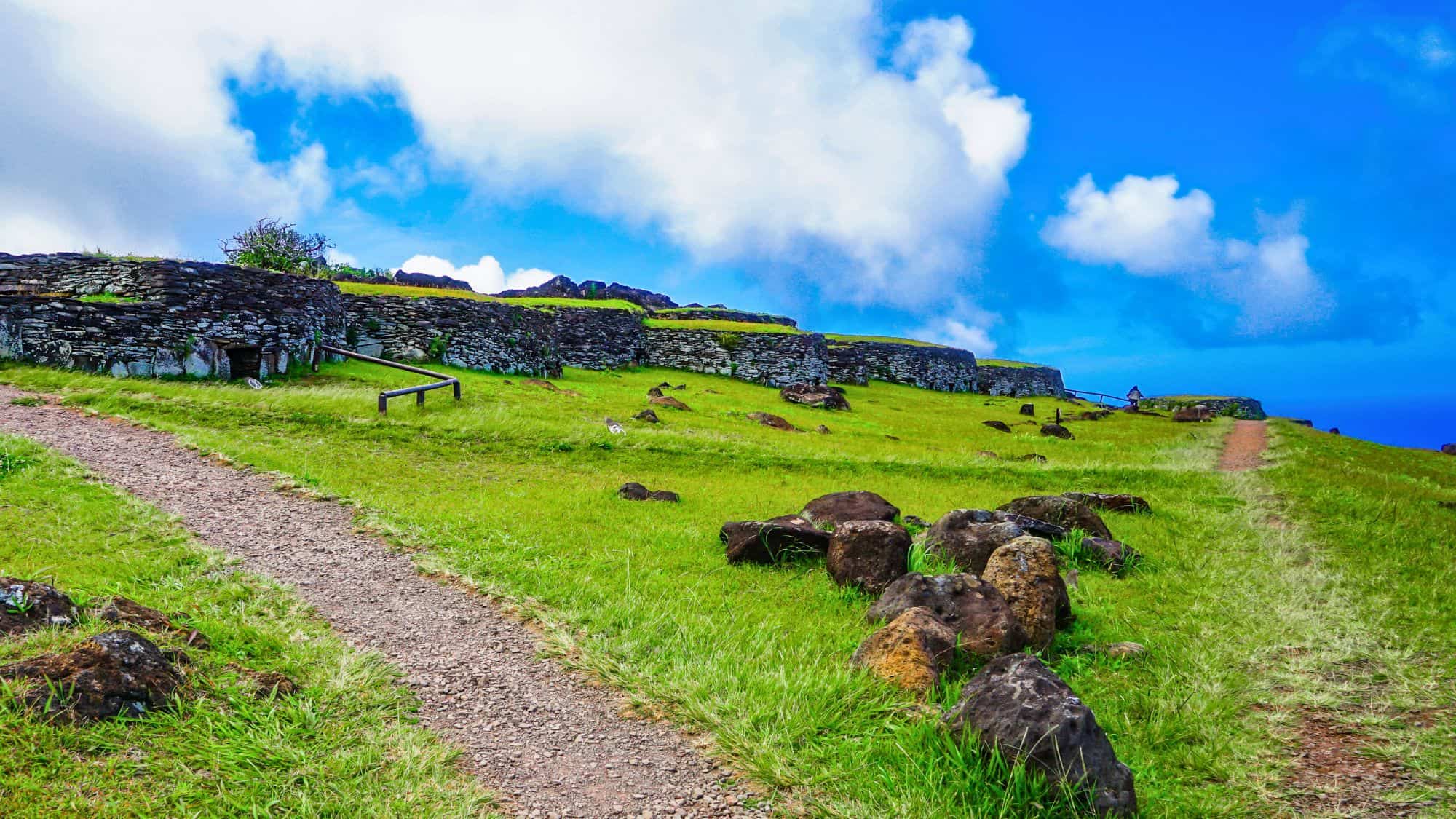
Clinging dramatically to the cliffs of Rano Kau, Orongo Village is equal parts breathtaking and mind-bending.
This historic ceremonial site tells tales of the Birdman competition, a daring test of strength, endurance, and a little crazy as contestants once raced to retrieve the first sooty tern egg from jagged islets offshore. And nowadays, the stone village boasts intricate petroglyphs that capture the island’s spiritual heritage.
Standing here, with ocean waves crashing below and the crater rim above, you’ll feel the tension between natural beauty and human resolve. It’s the kind of place that invites reflection on what it means to challenge yourself.
Go Stargazing
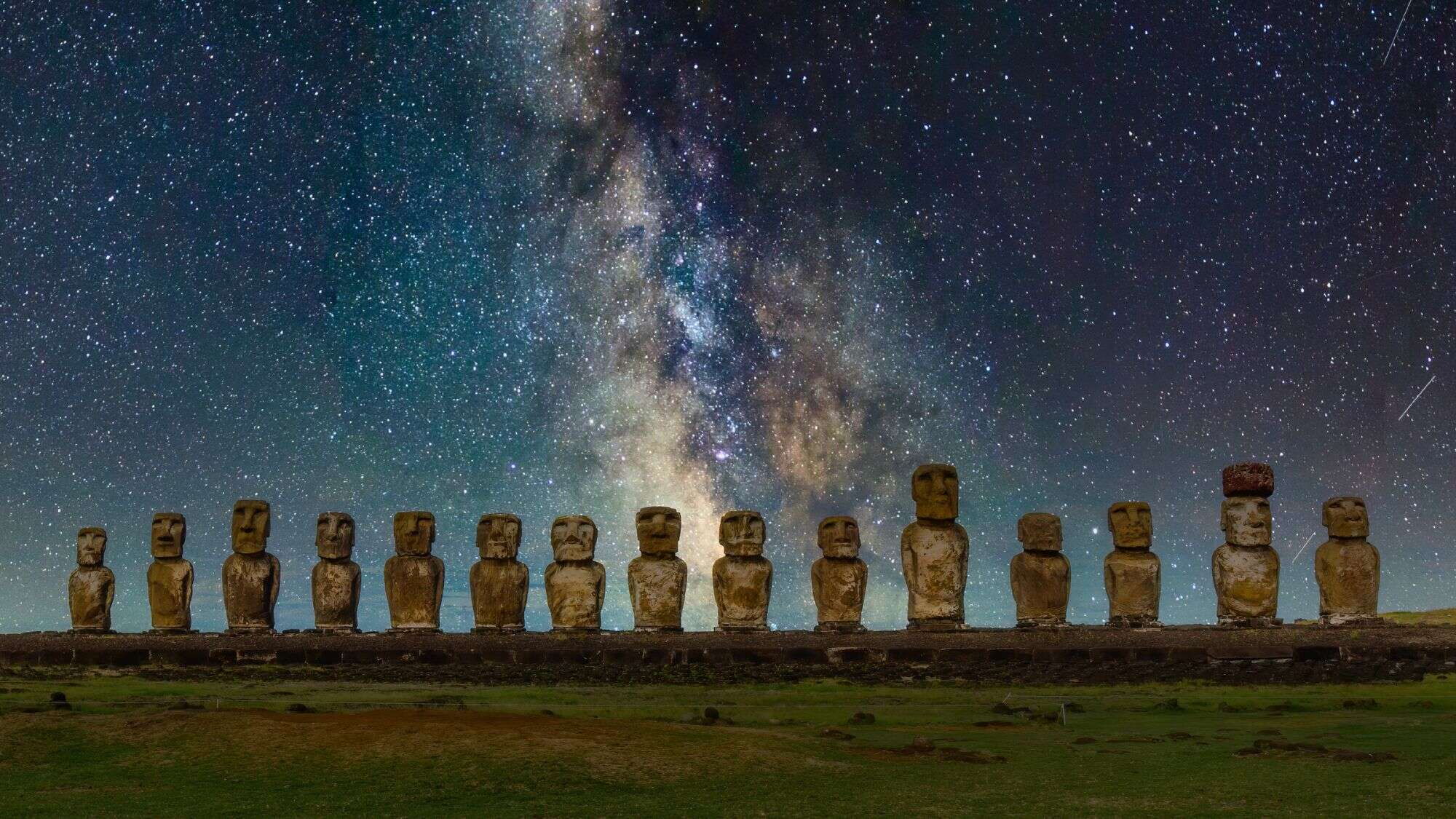
When the sun dips below the horizon, Rapa Nui transforms into a stargazer’s paradise. Thanks to its remote location, far from the glare of city lights, the night sky here is brilliantly unblemished, a glittering tapestry of stars that will leave you marveling at the sheer vastness of the universe.
Lie back on the soft grass, feel the warm remnants of the day’s sun radiating from the earth, and look upward as constellations, distant galaxies, and shooting stars perform a cosmic ballet just for you. Polynesian explorers once navigated thousands of miles of open ocean guided only by these very stars.
Can you spot the Southern Cross? It’s a humbling moment that connects you to a history of adventure and discovery, all while crickets chirp and the cool ocean breeze blows around you.
Bring A Light Jacket

The air in Rapa Nui might lull you into thinking it’s all about tropical sunshine, but evenings here keep you on your toes. When night falls, the temperature drops, and that gentle ocean breeze turns brisk.
Picture yourself perched on a volcanic ridge, marveling at a fiery sunset as the sky deepens into twilight. But without a jacket, you might find yourself shivering before you’ve snapped your last memory, or worse, abandoning your spot altogether.
That light jacket? Pure gold when the chill starts creeping in. Not to mention, it’s your new best friend when you decide to check out those mesmerizing stars that we just discussed. Trust me, this isn’t just packing advice; it’s survival tips for the pleasantly unprepared traveler.
Pack Sturdy Shoes

Dreamy island landscapes? Yes. Smooth, paved walkways? Not so fast. Rapa Nui’s volcanic terrain has a rugged personality you won’t soon forget, from craggy cliffs to ancient, uneven walking paths.
Exploring the island means trading flip-flops for sturdy shoes that can take a beating as you venture through windswept hills and around awe-inspiring moai statues.
Feeling bold enough to climb the crater of Rano Kau? Those shoes will save you from an ankle-twisting regret. Plus, trudging through dirt trails means stepping where ancient inhabitants once walked. Think of it as a workout with cultural immersion.
Learn a Few Rapa Nui Phrases
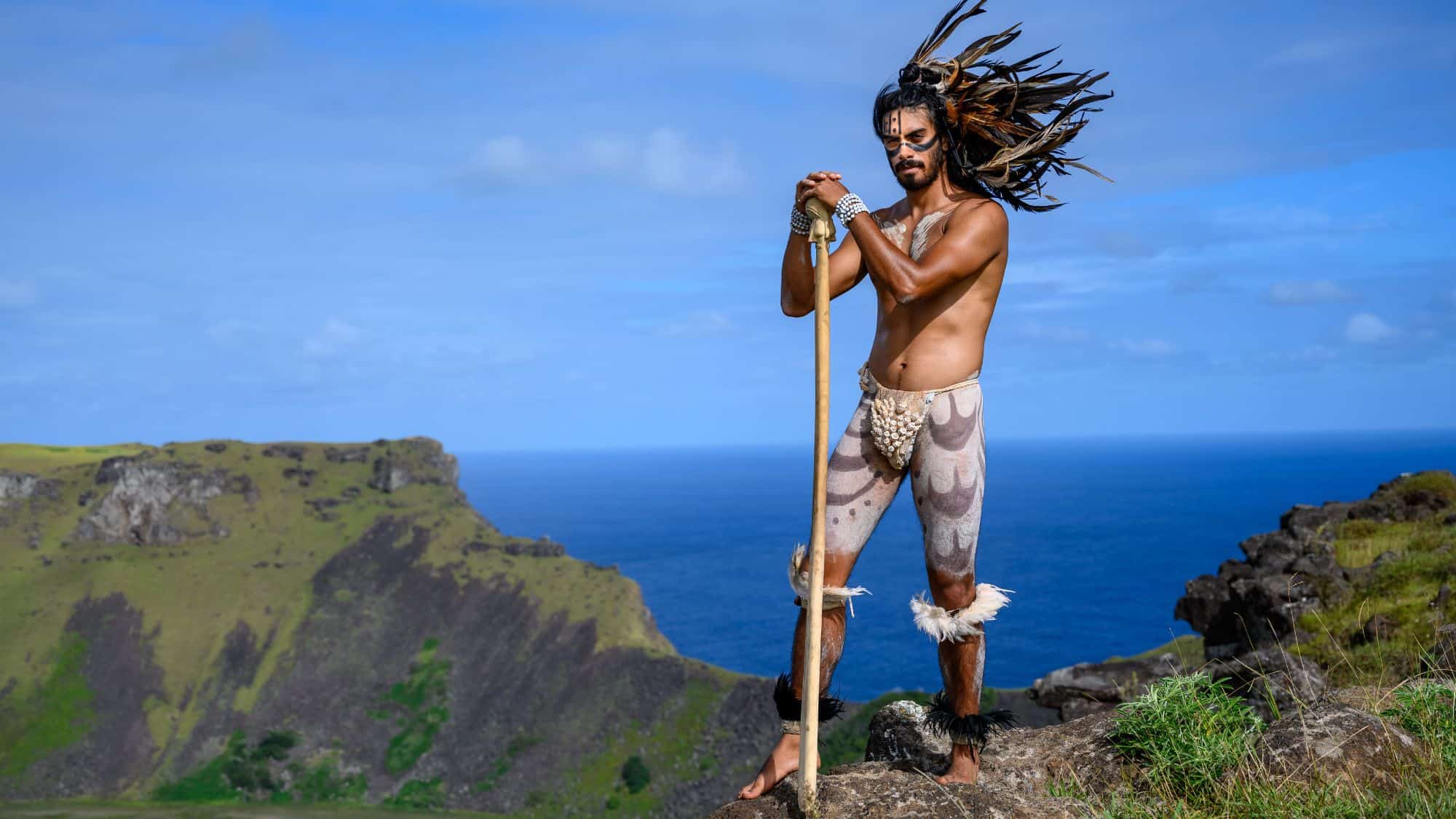
There’s nothing like a warm “Iorana” (hello) to make you feel instantly at home on Rapa Nui. The island’s native language, Rapa Nui, holds echoes of its ancient Polynesian roots, and learning a few simple phrases offers more than polite communication; it’s a ticket to deeper connections.
Greet someone with “Pe he koe?” (How are you?), and watch their face brighten. And the flow of the words carries a musicality that makes speaking it feel almost joyful.
Besides, the locals deeply appreciate the effort. It’s a small gesture of respect that leads to bigger moments, like an insider tip on hidden trails or a playful laugh over your admittedly questionable pronunciation. Language is your bridge here, so why not build it?
Like Our Content? Follow Us On MSN (or click the Follow Button above) to see more from Traveling In Focus.





